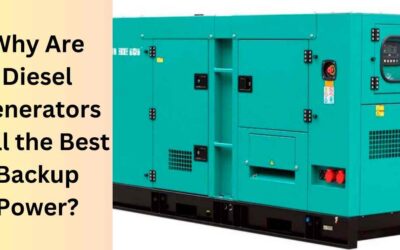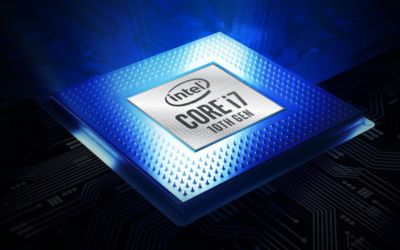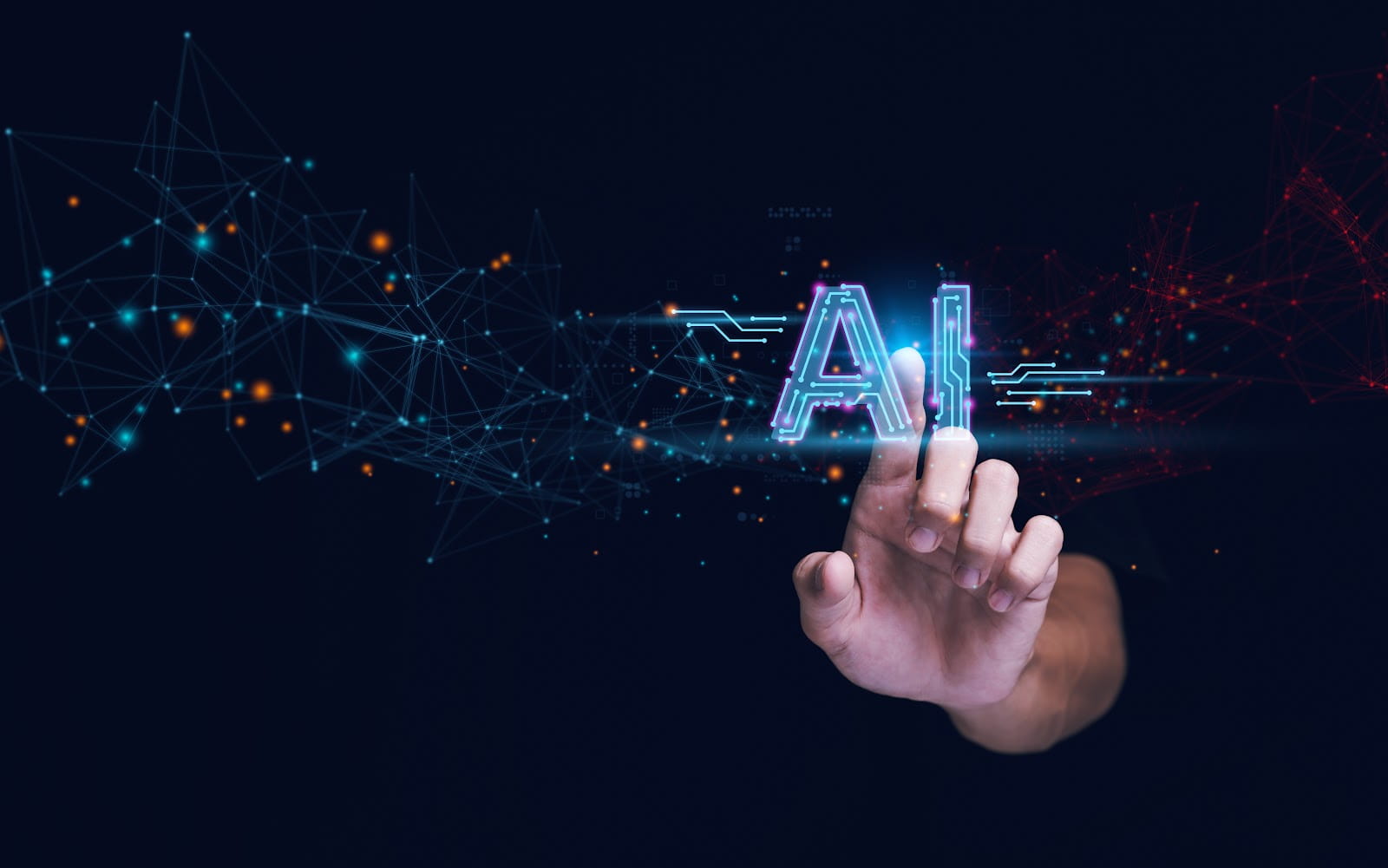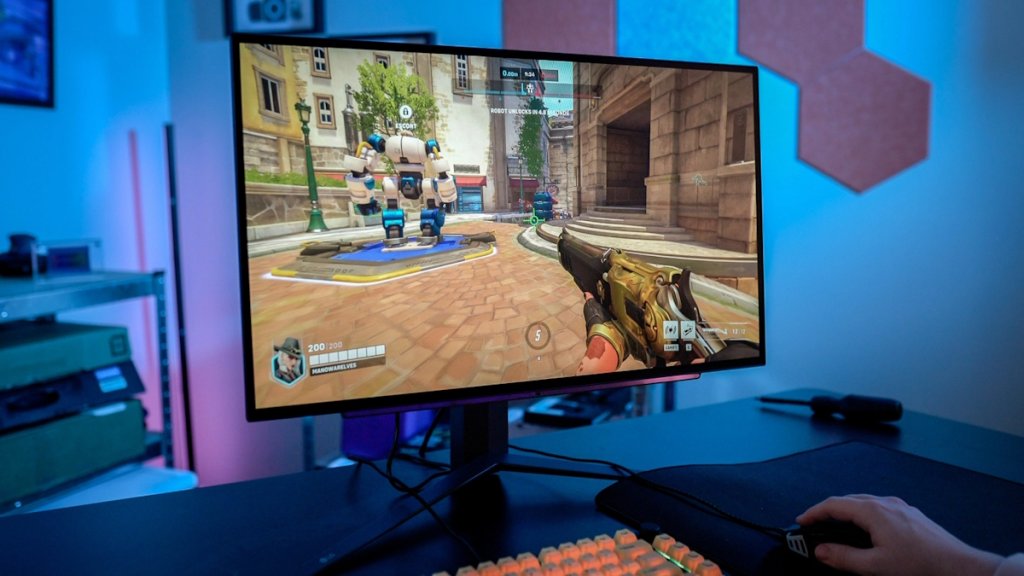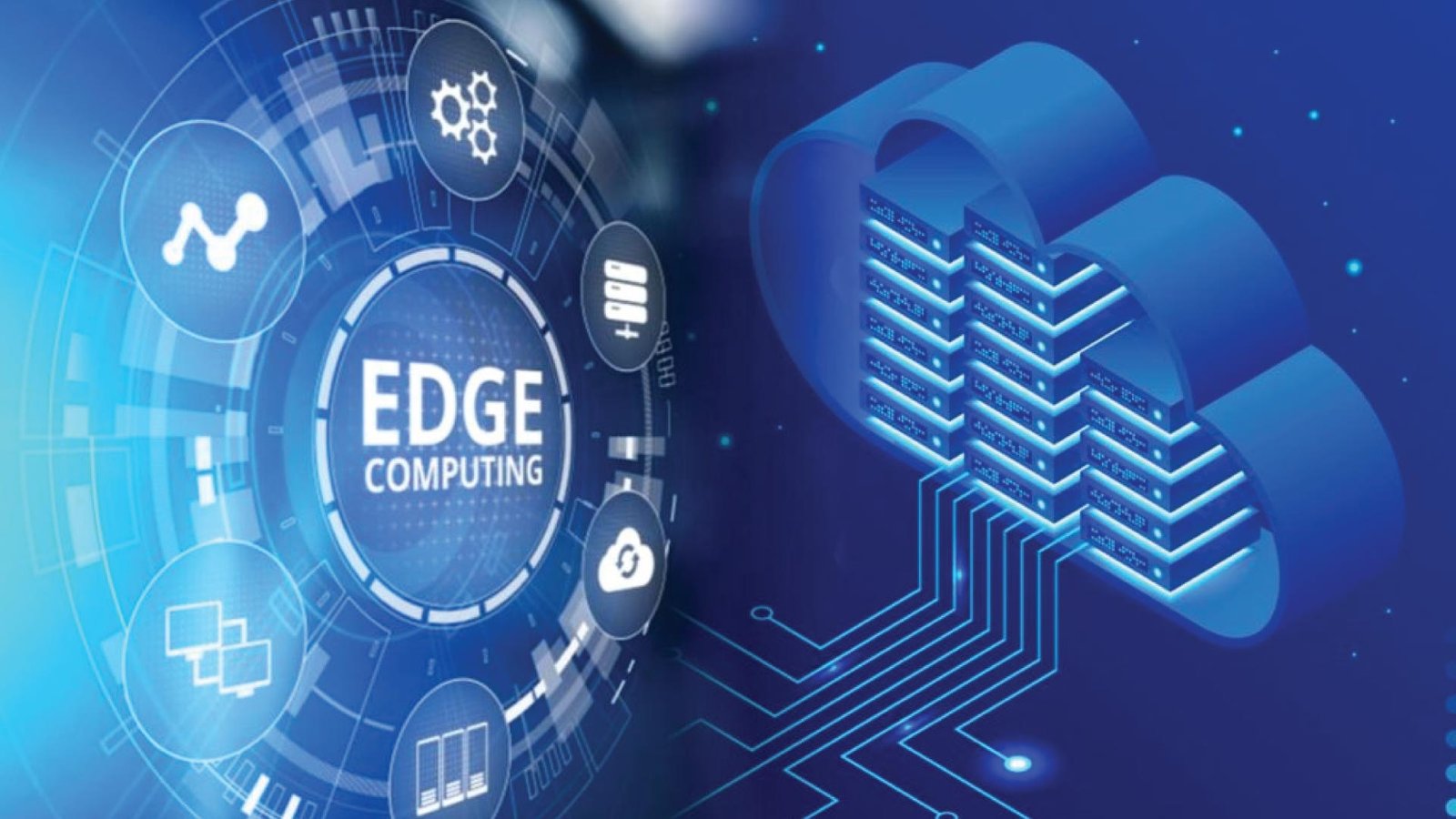How manufacturing industry is leveraging video analytics
The manufacturing industry is undergoing a significant transformation driven by the adoption of advanced technologies. Among these, AI video analytics is playing a pivotal role in enhancing operational efficiency, ensuring safety, and improving productivity. By leveraging AI’s capabilities to analyze video data in real time, manufacturers can gain valuable insights, automate processes, and make informed decisions.
This comprehensive overview explores the various ways AI video analytics is being utilized in the manufacturing sector.
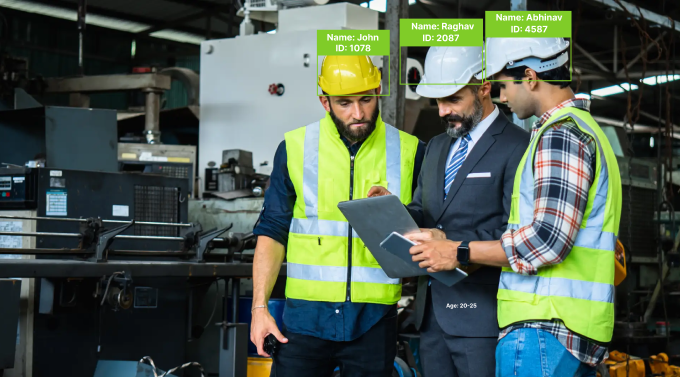
Enhancing Operational Efficiency
1. Process Optimization: AI video analytics software enables manufacturers to optimize production processes by providing real-time monitoring and analysis. Cameras installed on the production floor capture video footage, which AI algorithms analyze to identify bottlenecks, inefficiencies, and deviations from standard operating procedures. For instance, AI can detect when a machine is idle or underperforming, allowing operators to take corrective actions promptly. This continuous monitoring ensures that production lines run smoothly and efficiently, minimizing downtime and maximizing output.
2. Predictive Maintenance: Predictive maintenance is another critical application of AI video analytics. By analyzing video feeds of machinery, AI can detect early signs of wear and tear, such as unusual vibrations, leaks, or temperature changes. These insights enable maintenance teams to address potential issues before they escalate into costly breakdowns. Predictive maintenance not only extends the lifespan of equipment but also reduces unexpected downtime, leading to significant cost savings.
3. Quality Control: Ensuring product quality is paramount in manufacturing. AI video analytics enhances quality control by inspecting products for defects in real time. High-resolution cameras capture detailed images of products as they move along the production line. AI algorithms then analyze these images to identify defects, such as surface imperfections, incorrect dimensions, or missing components. By automating the inspection process, manufacturers can achieve higher accuracy and consistency, reducing the risk of defective products reaching customers.
Ensuring Workplace Safety
1. Monitoring Worker Behavior: Workplace safety is a top priority in manufacturing environments. AI video analytics can monitor worker behavior to ensure compliance with safety protocols. For example, AI can detect if workers are wearing the required personal protective equipment (PPE) or if they are operating machinery in a safe manner. In the event of unsafe behavior, the system can alert supervisors in real time, allowing for immediate corrective action. This proactive approach to safety helps prevent accidents and injuries.
2. Hazard Detection: Manufacturing facilities often contain hazardous areas that require constant monitoring. AI video analytics can identify potential hazards, such as spills, obstructions, or the presence of unauthorized personnel in restricted zones. By analyzing video feeds, AI systems can detect these hazards and trigger alerts, enabling swift responses to mitigate risks. This capability is particularly valuable in environments where manual monitoring may be challenging or impractical.
3. Emergency Response: In the event of an emergency, AI video analytics can play a crucial role in coordinating an effective response. For instance, in the case of a fire, AI can analyze video footage to determine the location and extent of the fire, as well as the presence of any trapped personnel. This information can be relayed to emergency responders, helping them make informed decisions and prioritize their actions. Additionally, AI can monitor evacuation routes to ensure they are clear and provide real-time updates on the progress of the evacuation.
Improving Productivity
1. Worker Productivity: AI video analytics can also be used to monitor and enhance worker productivity. By analyzing video feeds, AI can track the movements and activities of workers on the production floor. This data can be used to identify inefficiencies in workflow, such as excessive downtime, unnecessary movements, or suboptimal task sequences. By addressing these inefficiencies, manufacturers can streamline operations and improve overall productivity. Furthermore, AI can provide insights into worker performance, helping managers identify top performers and areas where additional training may be needed.
2. Automation and Robotics: The integration of AI video analytics with automation and robotics is revolutionizing the manufacturing industry. AI-powered cameras can guide robots in performing complex tasks with precision. For example, in assembly lines, AI can analyze video feeds to ensure that robots are correctly positioning and assembling components. This level of accuracy is particularly valuable in industries where precision and consistency are critical, such as electronics and automotive manufacturing. By combining AI video analytics with robotics, manufacturers can achieve higher levels of automation, reduce human error, and increase production speed.
3. Inventory Management: Efficient inventory management is essential for minimizing costs and ensuring timely production. AI video analytics can monitor inventory levels in real time by analyzing video feeds from storage areas. AI algorithms can track the movement of raw materials, components, and finished products, providing accurate and up-to-date information on inventory levels. This data can be integrated with inventory management systems to automate replenishment processes and prevent stockouts or overstock situations. As a result, manufacturers can maintain optimal inventory levels, reduce carrying costs, and improve supply chain efficiency.
Case Studies and Real-World Applications
1. Automotive Manufacturing: In the automotive industry, AI video analytics is used to inspect vehicle components for defects during the assembly process. High-resolution cameras capture images of components such as engines, transmissions, and body panels. AI algorithms analyze these images to identify defects, such as cracks, dents, or misalignments. By automating the inspection process, automotive manufacturers can ensure high-quality standards and reduce the risk of recalls.
2. Electronics Manufacturing: Electronics manufacturing involves intricate processes that require precision and accuracy. AI video analytics is employed to inspect printed circuit boards (PCBs) for defects, such as soldering errors or missing components. Cameras capture detailed images of PCBs, and AI algorithms analyze these images to detect defects with high accuracy. This automated inspection process ensures that only defect-free PCBs proceed to the next stage of production, reducing the likelihood of product failures.
3. Food and Beverage Industry: In the food and beverage industry, AI video analytics is used to monitor production lines for hygiene and safety compliance. Cameras capture video footage of production areas, and AI algorithms analyze this footage to detect any deviations from hygiene standards, such as unclean surfaces or improper handling of food products. By ensuring strict adherence to hygiene protocols, manufacturers can prevent contamination and ensure the safety of their products.
Conclusion
Artificial intelligence is revolutionizing various industries by offering real-time monitoring of people, processes, and machinery. AI video analytics in the manufacturing industry enhance technology, providing more precise results. In manufacturing, leveraging video analytics is highly beneficial. Manufacturers are increasingly adopting digital technologies such as IoT, robotics, and AI to optimize their operations. If you’re looking to integrate smart technology into your daily activities, Nextbrain, a leading software development company, offers effective AI video surveillance software tailored to different industry needs. As technology advances rapidly, it is crucial to embrace modern tools and technologies to stay competitive.



